The Raleigh Commercial Real Estate Market

August 22, 2025
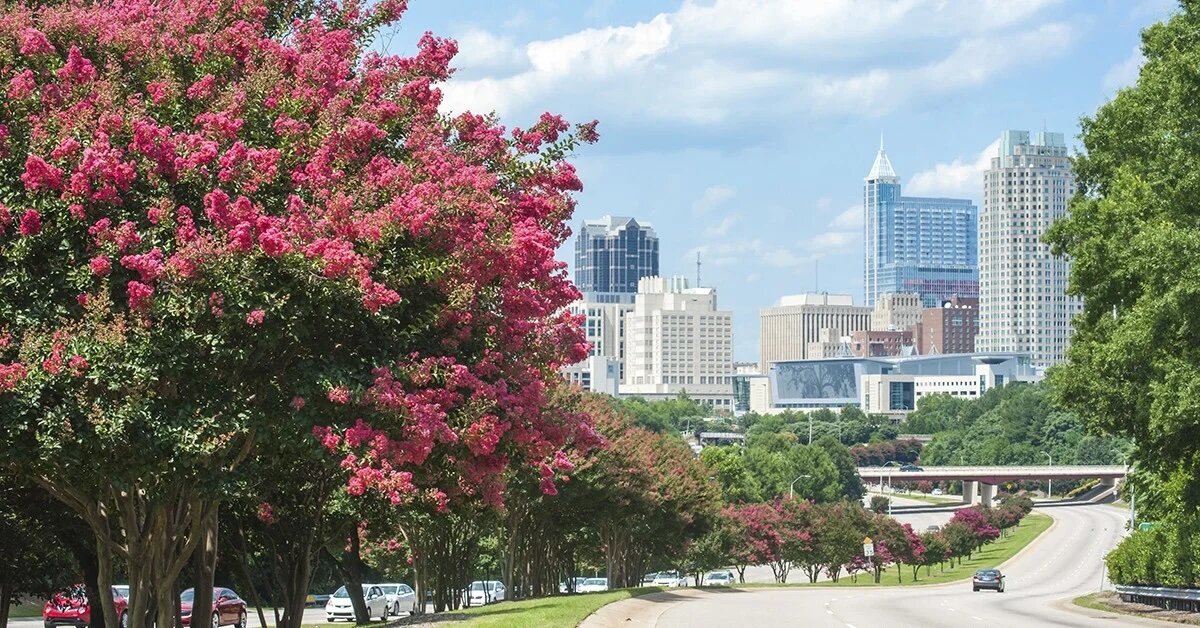
Key Takeaways
- Raleigh’s rapid population growth, strong job market, and thriving Research Triangle economy are driving demand across all major CRE sectors.
- Tech, life sciences, and advanced manufacturing lead the region’s expansion, supported by a young, educated workforce and world-class universities.
- Industrial and retail markets remain healthy with steady absorption and limited supply, while office and multifamily sectors are gradually rebalancing.
- Crexi equips brokers, investors, and owners with real-time data and tools to navigate Raleigh’s competitive and fast-growing commercial market.
Raleigh, North Carolina, has established itself as one of the Southeast’s most appealing and resilient CRE markets. With a strong talent pipeline, rapid population growth, and thriving tech and research sectors, the city has become a magnet for investors and developers alike. Whether you’re looking to lease, buy, or list, Crexi helps you move faster in a competitive landscape - armed with the data and tools you need to get ahead.
In recent years, Raleigh’s mix of economic stability and livability has captured the attention of institutional investors and private capital. As hybrid work reshapes office demand and population shifts influence development priorities, Raleigh offers a balance of opportunity and long-term growth potential. The region’s rising profile has made it a hotspot for dealmakers seeking both yield and staying power.
From Raleigh and Durham to Cary, Chapel Hill, and beyond, Crexi supports brokers, owners, and investors with a modern platform built to close deals efficiently and confidently. Partnering with Crexi, brokers have achieved $1 trillion in transactions, 8.6 billion in square feet leased, and thrived in a growing community of more than 2 million monthly active users.
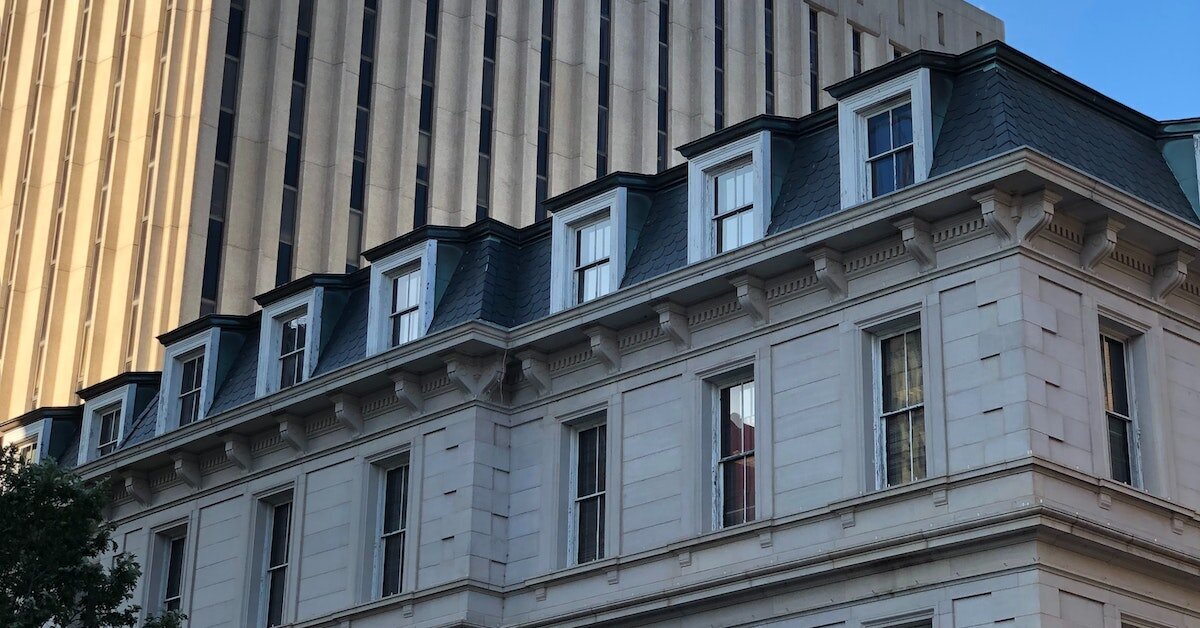
The State of Commercial Real Estate in Raleigh
Raleigh’s commercial real estate market is anchored by the region’s reputation for innovation, education, and economic diversity. Part of the thriving Research Triangle, Raleigh is surrounded by world-renowned institutions like Duke University, UNC-Chapel Hill, and NC State, fueling a steady stream of startups, tech talent, and business expansion.
The local economy has proven both fast-growing and resilient, with strong performance in sectors like biotech, life sciences, clean energy, and advanced manufacturing. This economic strength continues to drive demand across multiple CRE sectors, especially for flexible office space, mixed-use developments, and logistics facilities.
Developers are responding with thoughtfully planned communities and mixed-use hubs that reflect the area’s shift toward walkable, connected urban environments. Even in the face of national headwinds, Raleigh's commercial real estate outlook remains optimistic - supported by demographic trends, public-private investment, and a culture of forward-thinking growth.
Raleigh Regional Breakdown
For the past several years, the Raleigh-Durham metro area has ranked among the nation’s fastest growing regions. Between 2020 and 2024, Raleigh’s population grew by nearly 7%, landing it in the top 20 U.S. cities welcoming the highest number of residents. Drawn by strong job prospects, top-tier universities, and a balance of affordability and opportunity, a young, diverse population calls the region home.
- More than 467,000 people live within Raleigh city limits.
- Since 2020, the Raleigh-Cary metro area has grown by more than 10%, compared to a population increase of just 2.6% nationwide.
- The most populous cities in the region include Raleigh, Durham, Fayetteville, and Cary.
- Median age is 34.9, according to CensusReporter.org, a figure that is a little less than the US.
- Per capita income is $49,948, while median household income is $86,309.
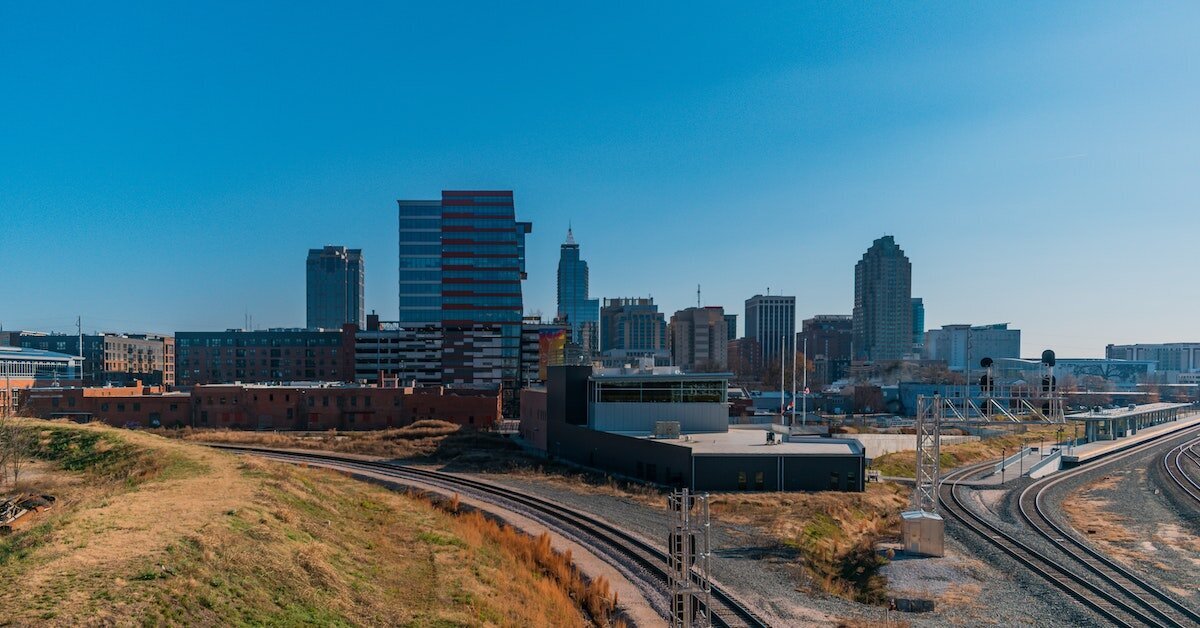
Raleigh Job Market
The Milken Institute ranks Raleigh among the top cities for economic opportunity, recognizing the region’s job growth, community resilience, affordable housing, and other key factors. A strong talent pipeline from local universities supports a steady flow of innovation, especially in tech, life sciences, and advanced manufacturing. Anchored by a diverse employer base and a growing GDP, Raleigh’s economy is flourishing.
- Total gross domestic product for the Raleigh MSA is over $133 billion, up from $97 billion in 2020, according to the most recent report from the St. Louis Federal Reserve.
- According to data from the US Bureau of Labor Statistics (August 2025), the unemployment rate is at 3.4%, considerably lower than the U.S. rate.
- More than 55% of Raleigh residents hold a Bachelor’s Degree or higher.
- The Wake County economy is diverse, with target industries including clean tech/smart grid, technology, advanced manufacturing, and life sciences.
- Major employers in Wake County include Duke University and Duke Health Systems, State of North Carolina, Wake County Public School System, Walmart, the University of North Carolina at Chapel Hill, IBM, and Lenovo.
- There are nearly 4,000 tech companies in the region, ranging from successful startups and tech centers to regional corporate headquarters.
- The Research Triangle, tucked between Raleigh, Durham, and Chapel Hill in North Carolina, is a major hub of innovation and collaboration, home to over 250 businesses ranging from startups to Fortune 100 companies across 7,000 acres.
- The Raleigh-Durham area is home to three of North Carolina's largest institutions for higher education: North Carolina State University at Raleigh, University of North Carolina at Chapel Hill, and Duke University.
- Transportation infrastructure includes the Raleigh-Durham International Airport (RDU), major highways like Interstate 40 and Interstate 95, and comprehensive rail services for both freight movement and passenger travel.
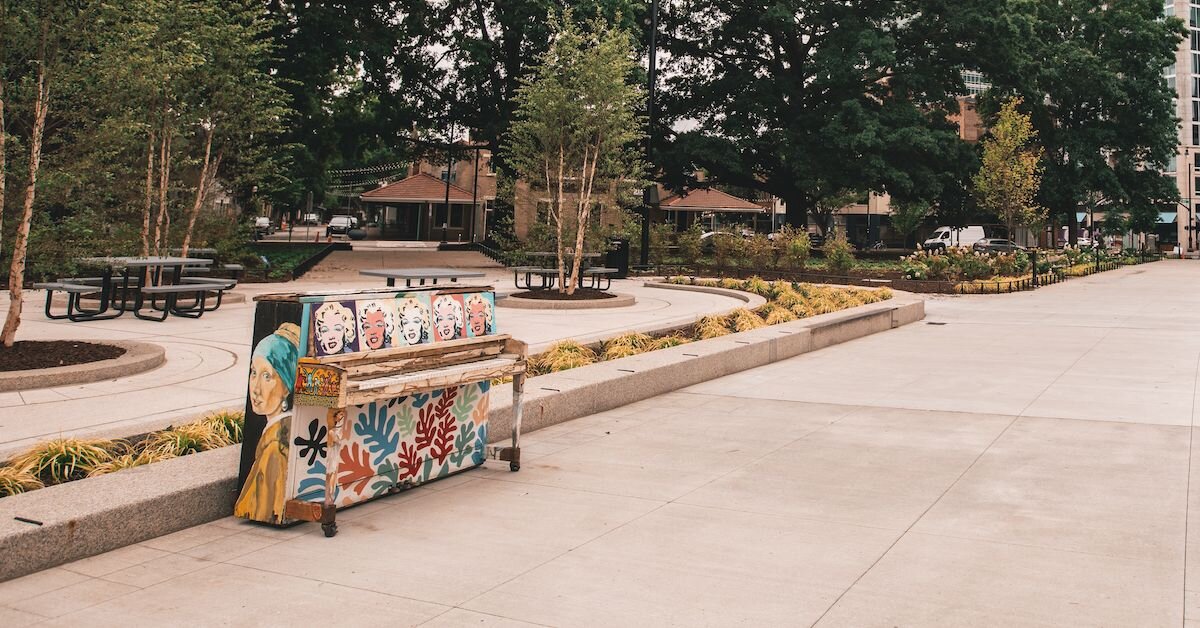
Raleigh Industrial Market
Raleigh’s industrial market is showing healthy signs of growth, supported by strong tenant demand and a steady pipeline of new development. While leasing has cooled slightly from earlier highs, absorption remains positive and key submarkets are still attracting activity. New construction is adding modern inventory to meet evolving logistics and manufacturing needs, with many projects seeing preleasing before delivery. As vacancy holds steady and asking rents climb, Raleigh remains a competitive and evolving market for industrial investment.
Market overview (Cushman & Wakefield Q2 2025 Raleigh Industrial Report)
- Inventory: 115,985,600 SF
- Vacancy rate: 7.9%
- Absorption: 1,480,592 SF (YTD)
- Completions: 1,464,392 SF (YTD)
- Under construction: 3,122,762 SF
- Key leases by tenant: Undisclosed tenant (131,226 SF), Confidential tenant (129,827 SF), Newcomb & Company (60,000 SF), Biogen (40,000 SF)
- Largest submarkets: RTP/I-40 Corridor, Eastern Wake County, Johnston County
Crexi Insights
These are the most recent industrial lease and sales trends from Crexi Insights (as of August 2025):
For Lease (active)
- Asking rate/SqFt (median): $17 per year
- Median SqFt/listing: 10,000
- Days on market: 195
- Total listings on Crexi: 77 spaces
For Sale (active)
- Median asking price: $4.2 million
- Median SqFt/listing: 16,600
- Asking cap rate: 4.7%
- Days on market: 131
- Total listings on Crexi: 13
Sales Comps (past 12 months)
- Median sold price: $1.9 million
- Sold price/SqFt: $273
- Total sales volume: $28.5 million
- Median SqFt sold/transaction: 8,692
- Total SqFt sold: 275,800
- Days on market (median): 141
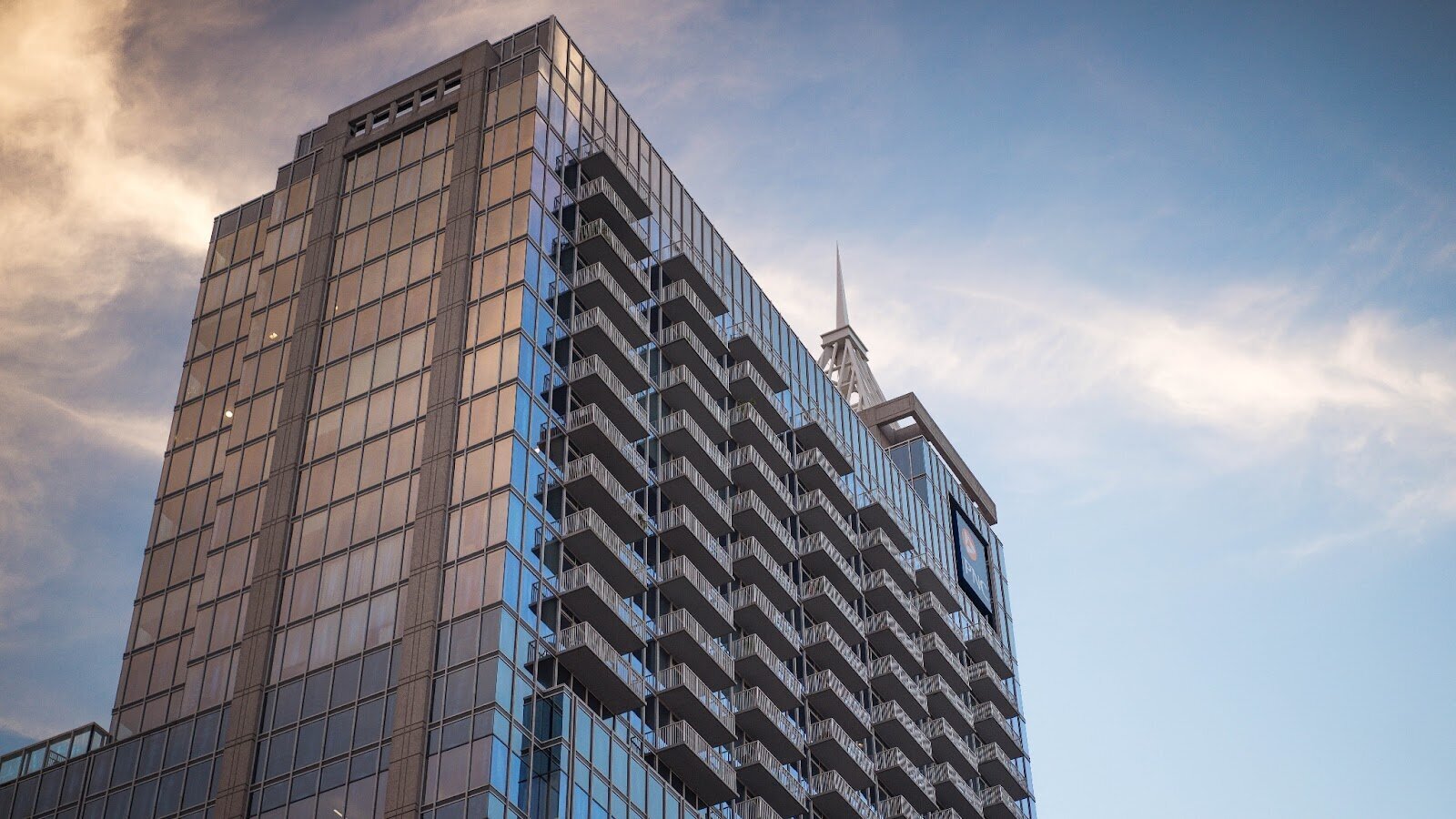
Raleigh Office Market
After a few years of adjustment, Raleigh’s office market is beginning to show signs of stabilization. While vacancy remains elevated, leasing activity has held steady and tenants continue to seek out updated, well-located spaces with excellent amenities. With no new construction in the pipeline, available supply is expected to gradually rebalance. Investors and tenants alike are approaching the market with a sense of cautious optimism heading into the second half of 2025.
Market overview (Cushman & Wakefield Q2 2025 Raleigh Office Report)
- Inventory: 57,631,722 SF
- Vacancy rate: 23.8%
- Net absorption: -162,635 SF (YTD)
- Leasing activity: 2,655,337 SF (in 2023)
- Under construction: 0 SF
- Key leases by tenant: LexisNexus (59,725 SF), Caterpillar (34,000 SF), Western Governors University (32,000 SF)
- Largest submarkets: RTP/I-40 Corridor, Cary, West Raleigh, Downtown Raleigh
Crexi Insights
For the latest updates on the Raleigh office market, turn to Crexi Insights. Here is the detailed information on recent sales and leasing trends as of August 2025.
For Lease (active)
- Asking rate/SqFt (median): $27 per year
- Median SqFt/listing: 2,246 SF
- Days on market: 190
- Total listings on Crexi: 464 spaces
For Sale (active)
- Median asking price: $1.8 million
- Price/SqFt: $295
- Asking cap rate: 7%
- Days on market: 141
- Total listings on Crexi: 34
Sales Comps (past 12 months)
- Median sold price: $700,000
- Sold price/SqFt: $319
- Total sales volume: $51.1 million
- Median SqFt sold/transaction: 2,093 SF
- Days on market (median): 117

Raleigh Retail Market
Raleigh-Durham’s retail market remains one of the region’s most active and resilient commercial sectors. Strong consumer demand and steady population growth continue to fuel leasing activity, especially in grocery-anchored centers and mixed-use developments. While new construction is limited, much of what’s underway is already leased, reflecting continued confidence from expanding retailers. Overall, the market outlook is holding steady, with a healthy balance of tenant demand and thoughtful development.
Market overview (CBRE Q4 2024 Raleigh-Durham Retail MarketView)
- Inventory: 43,911,168 SF
- Vacancy rate: 4.8%
- Net absorption: 737,091 SF (YTD)
- Under construction: 373,586 SF
- Key leases by tenant: Bob’s Discount Furniture (43,015 SF and 33,839 SF), Hair Depot (27,720 SF), Skechers (9,633 SF), PRIME STQ (7,957 SF)
- Largest submarkets: Cary, US 1/Capital Boulevard, South Durham, Eastern Wake
Crexi Insights
Retail lease and sales trends from Crexi Insights (as of August 2025):
For Lease (active)
- Asking rate/SqFt (median): $26 per year
- Median SqFt/listing: 2,406 SF
- Days on market: 194
- Total listings on Crexi: 642 spaces
For Sale (active)
- Median asking price: $2.9 million
- Price/SqFt: $300
- Asking cap rate: 6.2%
- Days on market: 176
- Total listings on Crexi: 23
Sales Comps (past 12 months)
- Median sold price: $1.4 million
- Sold price/SqFt: $285
- Total sales volume: $39.9 million
- Sold cap rate: 5.4%
- Median SqFt sold/transaction: 4,904 SF
- Days on market (median): 235
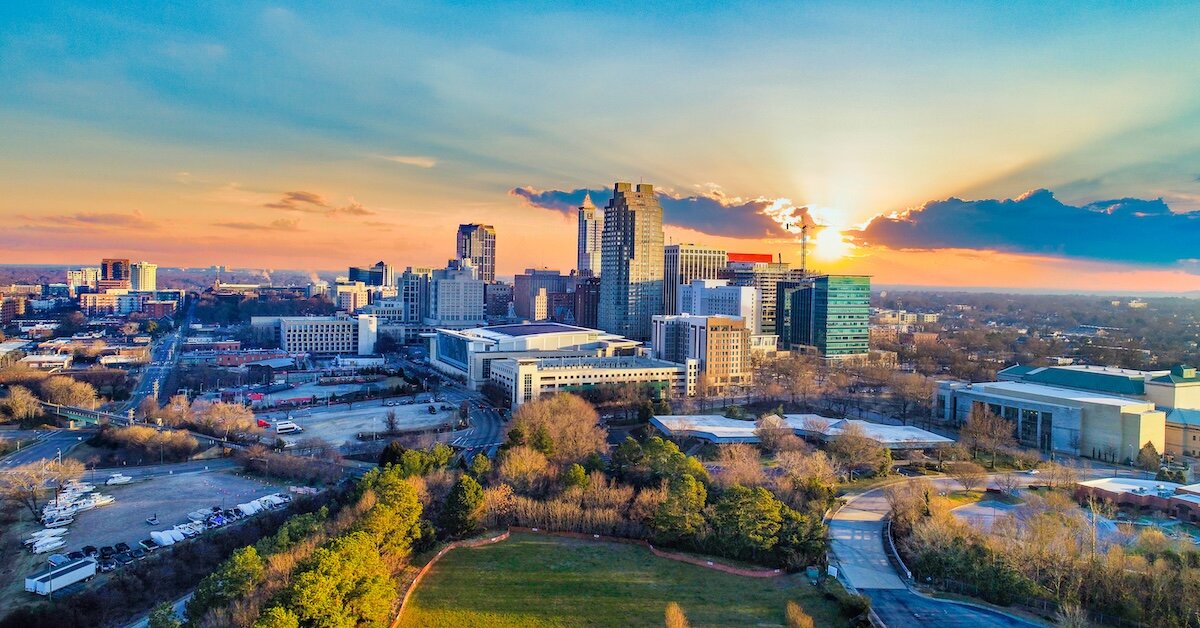
Raleigh Multifamily Market
Raleigh’s multifamily market remains active, with developers and investors responding to steady renter demand across both urban and suburban areas. Vacancies are still elevated compared to historic norms, but recent absorption trends point to a market that is gradually rebalancing. Rent growth has held up, and ongoing construction suggests continued confidence in the region’s long-term fundamentals. As the market works through new supply, experts are cautiously optimistic.
Market overview (Northmarq Raleigh Q1 2025 Multifamily Market Insights Report)
- Multi-unit inventory: 133,591 units
- Vacancy rate: 11.8%
- Average rent per unit: $1,558
- Under construction: 9,594 units
- Net absorption (12 mo.): 8,650 units
- Recent sales transactions by property: 417 W. Peace St. (417 units; $152 million), 1100 Audubon Parc Drive (180 units; $41.3 million), 100-109 Allen Court (41 units; $3.4 million)
Crexi Insights
Here are the most recent multifamily Insights from Crexi (as of August 2025):
For Sale (active)
- Median asking price: $1.5 million
- Price/SqFt: $402
- Asking cap rate: 3.8%
- Days on market: 112
- Total listings on Crexi: 7
Sales Comps (past 12 months)
- Median sold price: $439,500
- Sold price/SqFt: $235
- Sold price/unit: $426,100
- Total sales volume: $2 billion
- Sold cap rate: 4.3%
- Total SqFt sold: 7.4 million
- Days on market (median): 46
Get more in-depth Raleigh market data with Crexi Intelligence.









